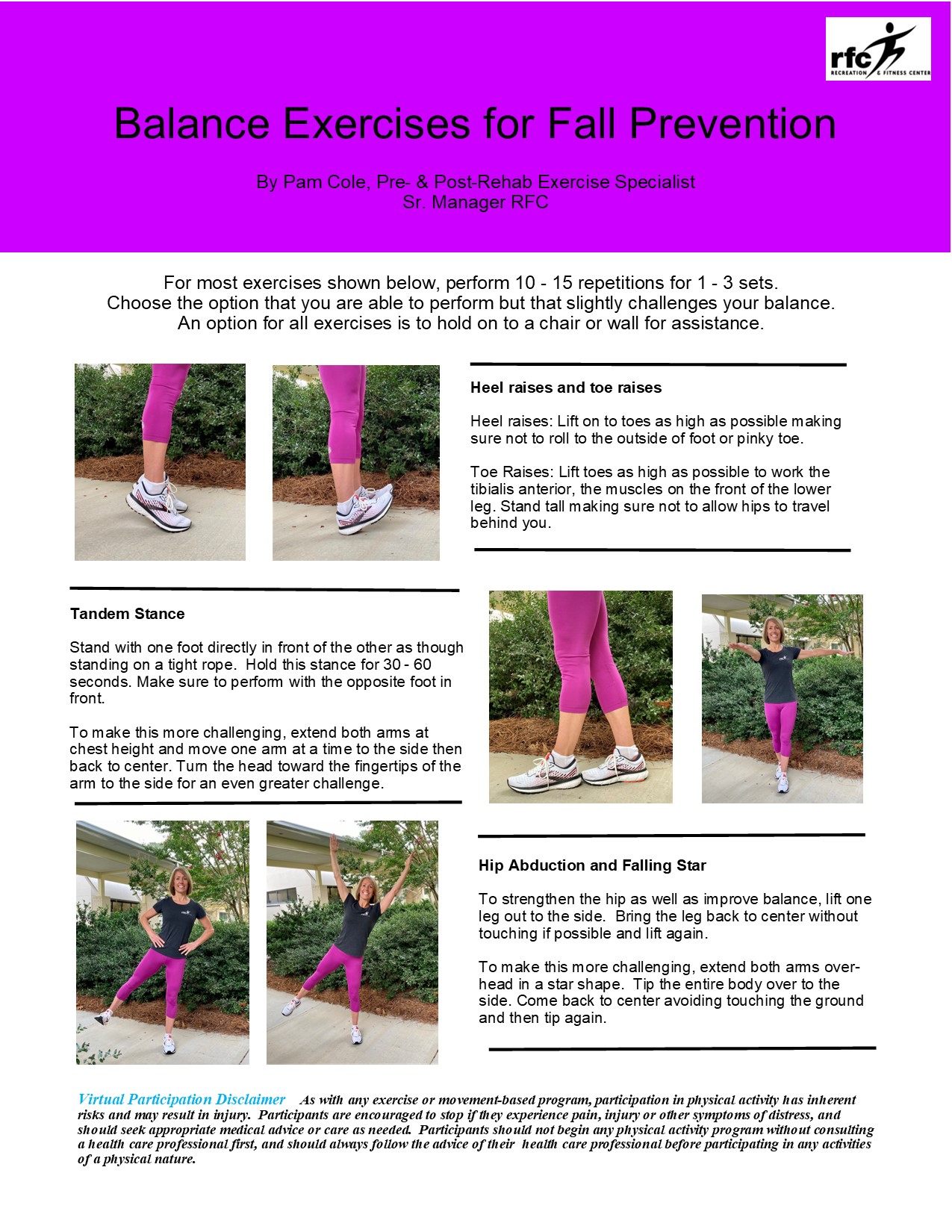 Across many parts of the globe, the fall brings cooler temperatures, lower humidity, pumpkin spice lattes, and, here in the U.S., my personal favorite, the return of college football! The beginning of fall also marks the start of Fall Prevention Awareness Week. Here's what you should know to help prevent falls.
Across many parts of the globe, the fall brings cooler temperatures, lower humidity, pumpkin spice lattes, and, here in the U.S., my personal favorite, the return of college football! The beginning of fall also marks the start of Fall Prevention Awareness Week. Here's what you should know to help prevent falls.
Statistics related to falls
You've likely heard some of the alarming statistics related to falls in older adults:
- The National Council on Aging (NCOA) estimates that 1 in 4 people over age 65 falls each year.
- Annually, the estimated medical costs attributable to both fatal and nonfatal falls is approximately $50.0 billion.
- Ninety-five percent of hip fractures are caused by falling, usually by sudden sideways movements.
- In 2018 the CDC indicated that falls were the leading cause of injury-related death among adults age 65 and older.
Unfortunately, there is a long list of heart-wrenching statistics related to falls. However, many falls can be prevented and prevention isn’t just for those age 65 and over.
Prevention
As there are many things that can contribute to falls, prevention should be a multifaceted approach as well.
- Changes or loss to vision and hearing can increase the risk of falls. Visit your doctor regularly and take time to get used to new prescription glasses, contacts and hearing aids.
- Some medications can cause you to feel dizzy or drowsy. Our friends at the Health Care Center Pharmacy have provided a resource list of medications that may affect balance as well as a quick reference guide broken down by drug category.
- Chronic Conditions such as diabetes, heart disease, postural hypotension (drop in blood pressure when getting up from a lying or seated position),and thyroid issues may also affect balance and increase the likelihood of a fall.
- Foot problems such as pain, swelling, numbness or tingling can affect balance by changing the way you walk and the sensation in your feet.
- Slippery or uneven surfaces, and clutter or loose objects such as throw rugs and cables/wires can greatly increase the potential for falls.
In addition to the prevention measures mentioned above, you are never too young to add balance training to your routine. - Muscle strength and flexibility, as well as coordination and posture all also play a role in balance. There are a myriad of exercises that can help you improve your balance. Try the 3 exercises below to improve your balance today!
SAS Employees: We have a few upcoming opportunities to help you improve your balance! Register for Tai Chi and Qigong – September 20th on MS Teams and/or join us for a Balance Training Series live-streamed weekly in October. If you can’t attend the streamed class, the video recordings will be available on-demand published in RFC Video Gallery.

